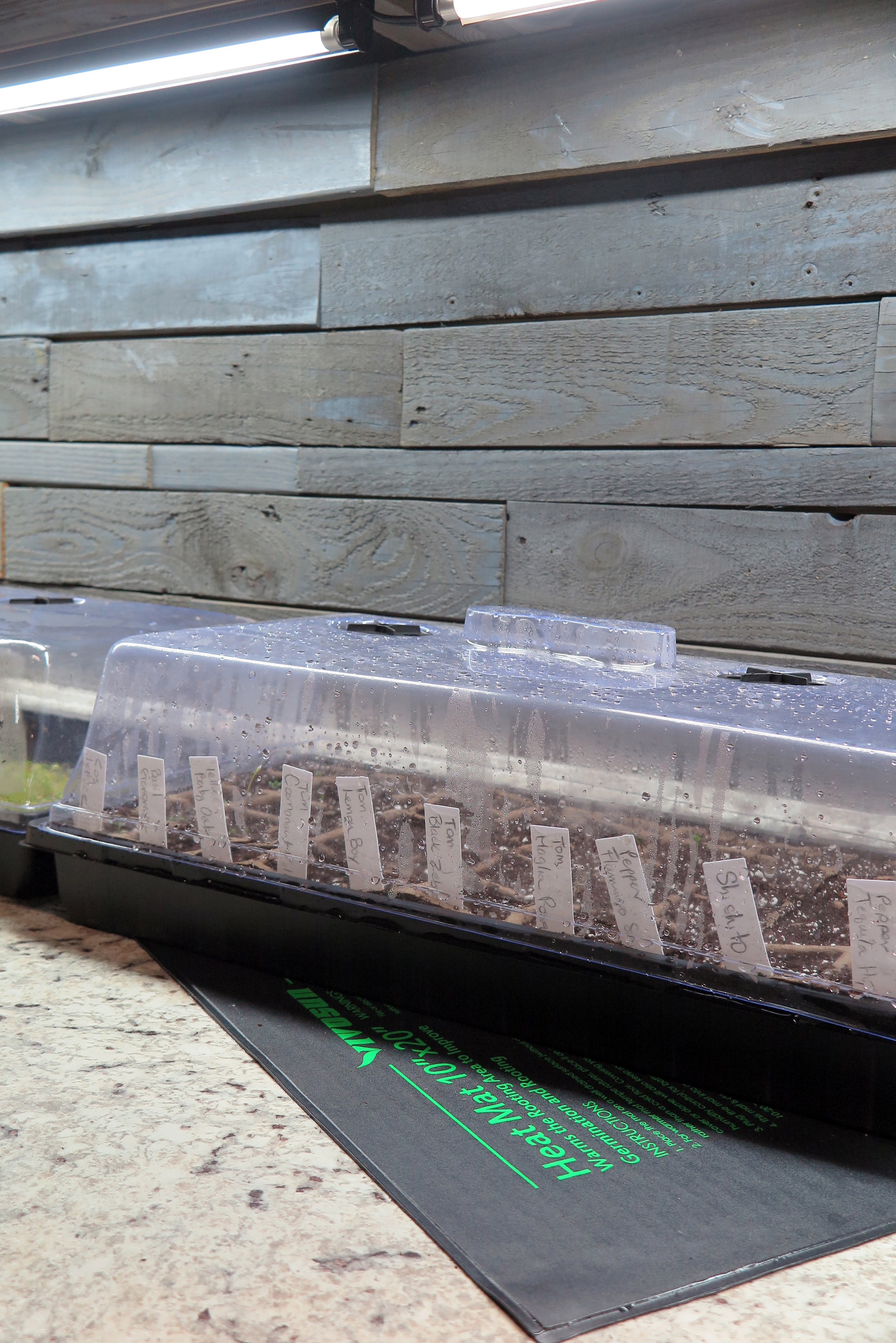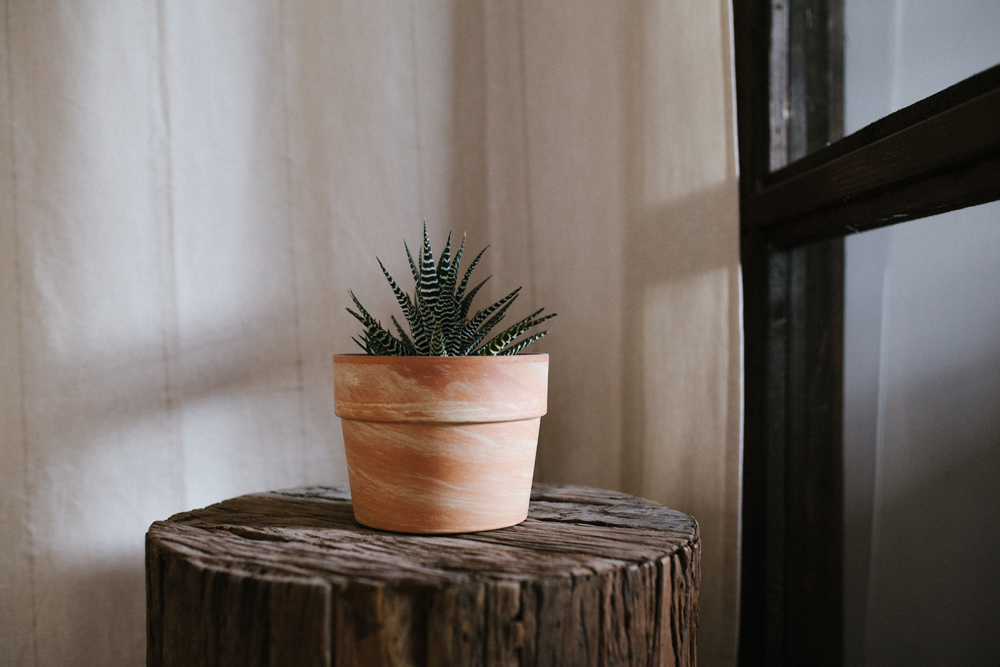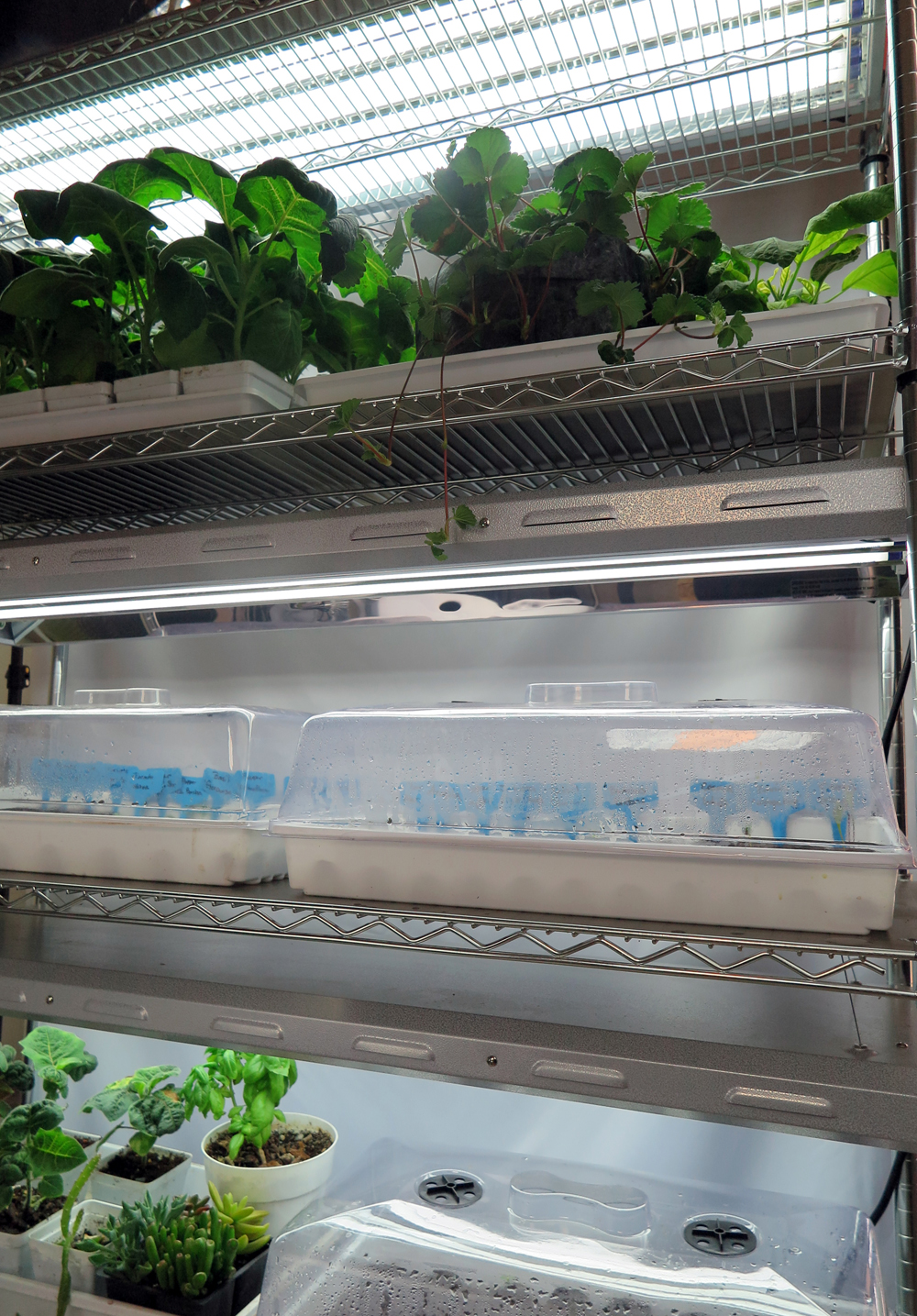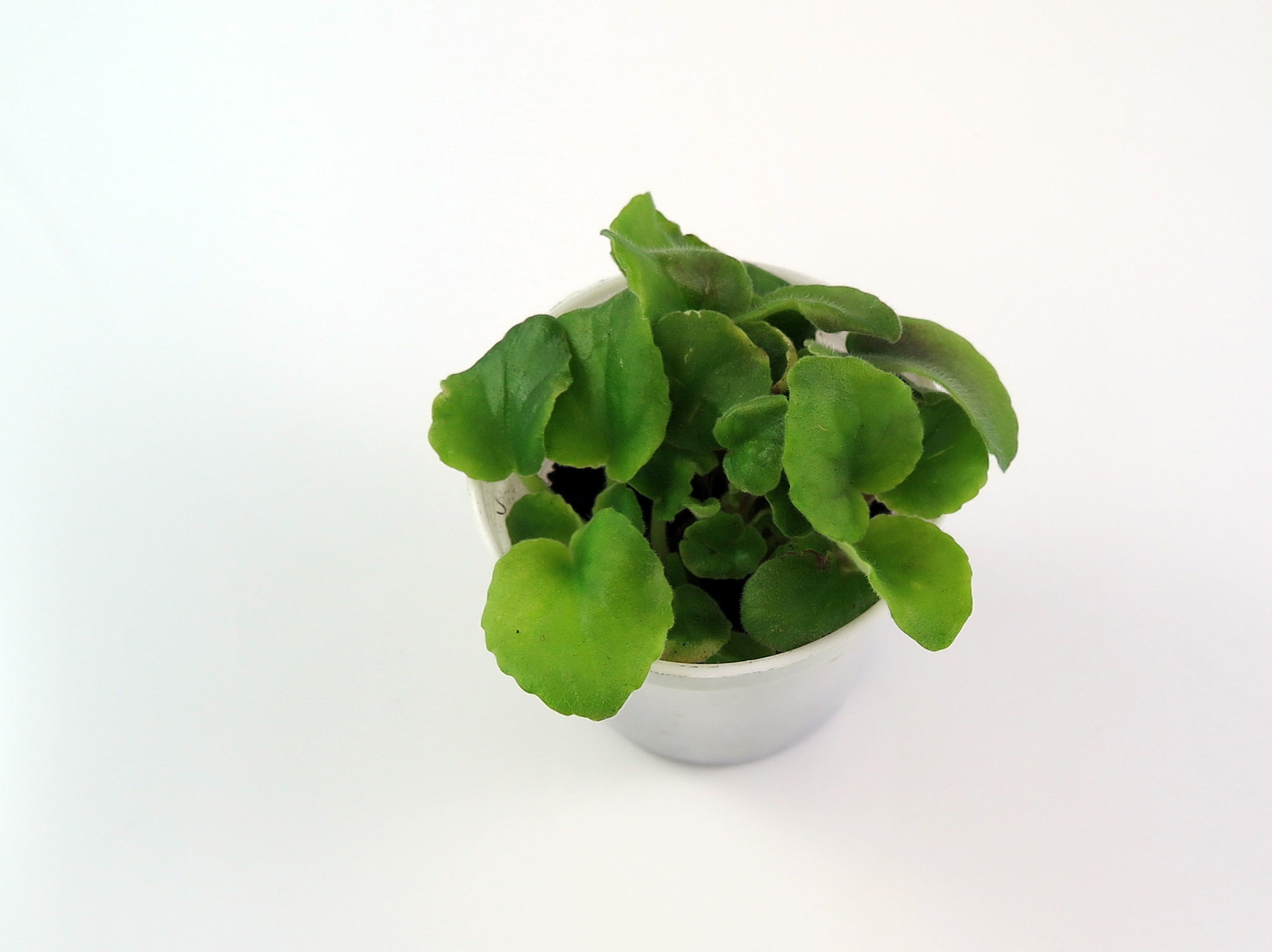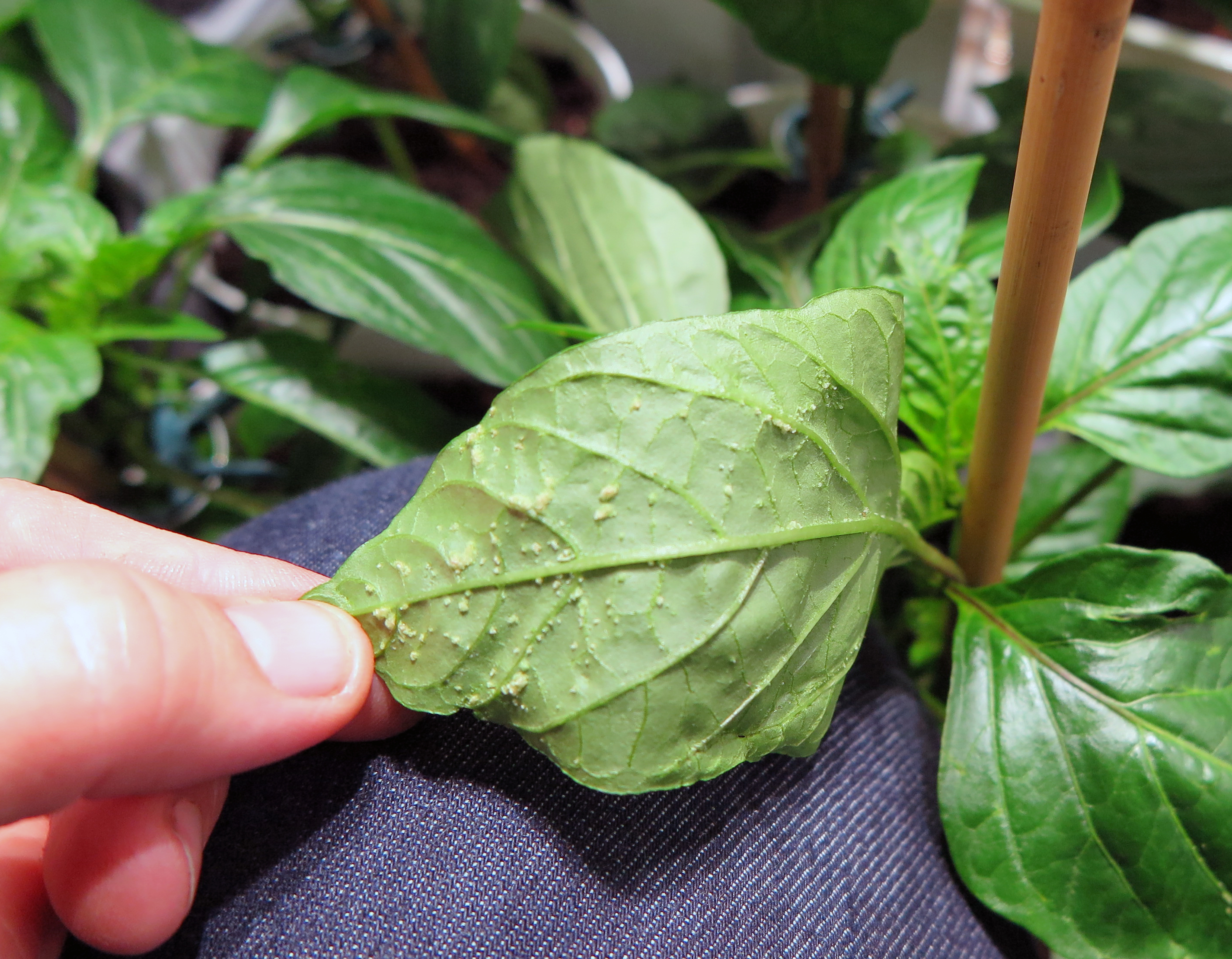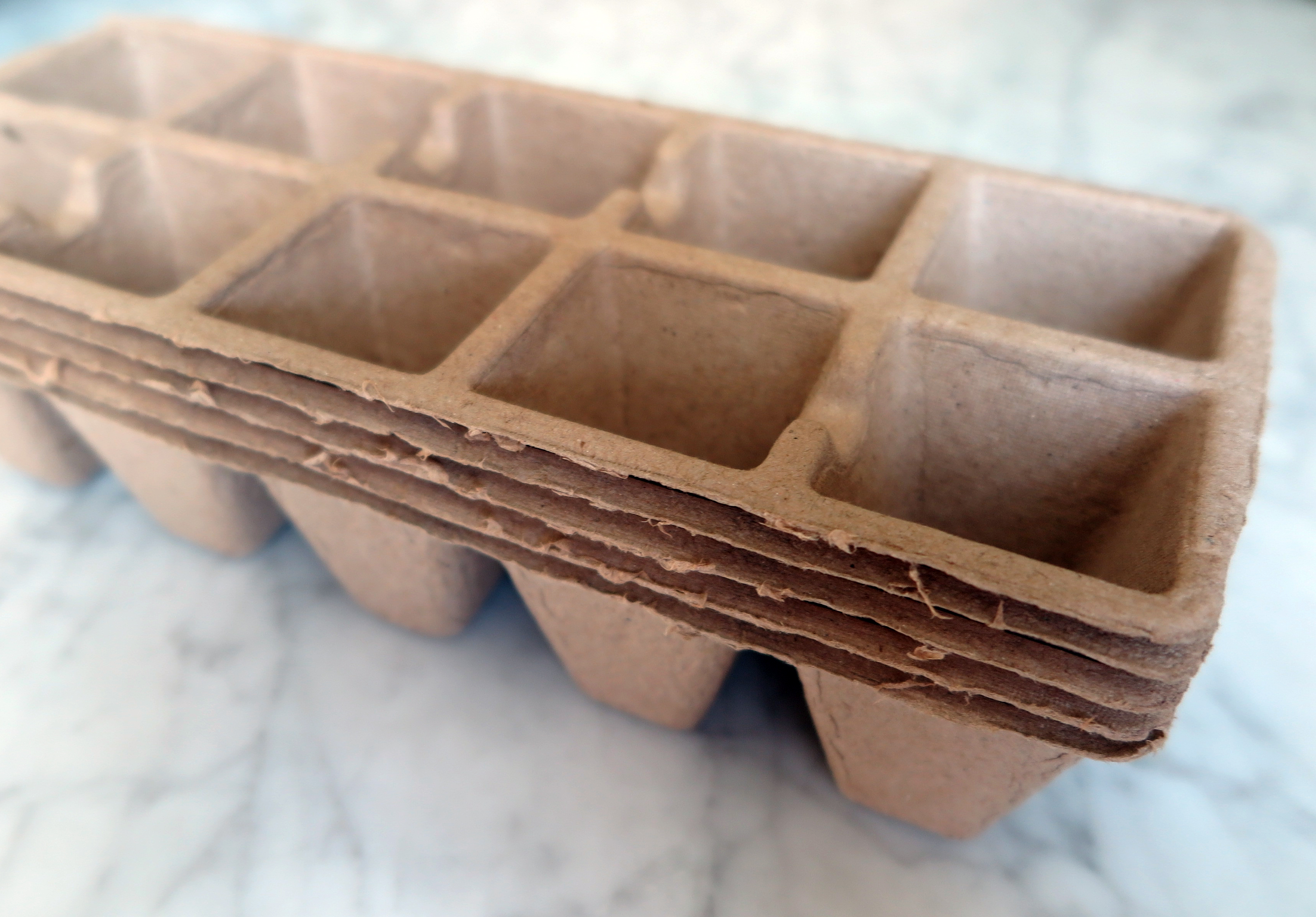Seedlings Will Stretch if Too Far From Light
December 26, 2018
The light source must be very close to your seedlings as they germinate, as near as 3 or 4 inches from the seeds as they emerge from the soil. These tiny seedlings are too far from the grow lights above – they will soon become too stretched if not moved closer to the light.
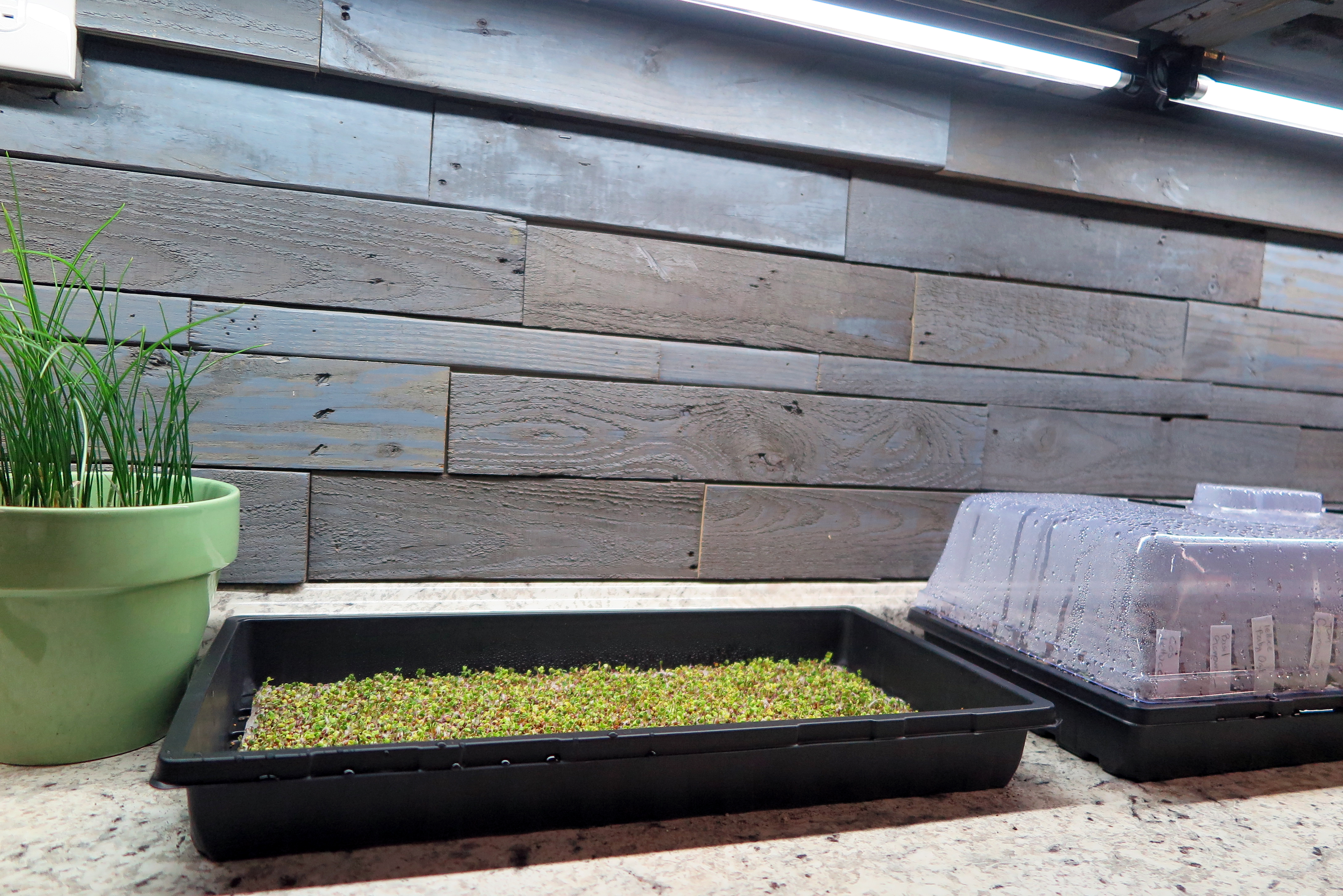
PC: Leslie F. Halleck
Ratcheted cords or chains that allow you to move light fixtures up and down will enable you to place your lamps very close to seedlings as they are just emerging, then lift the light source as they grow.

